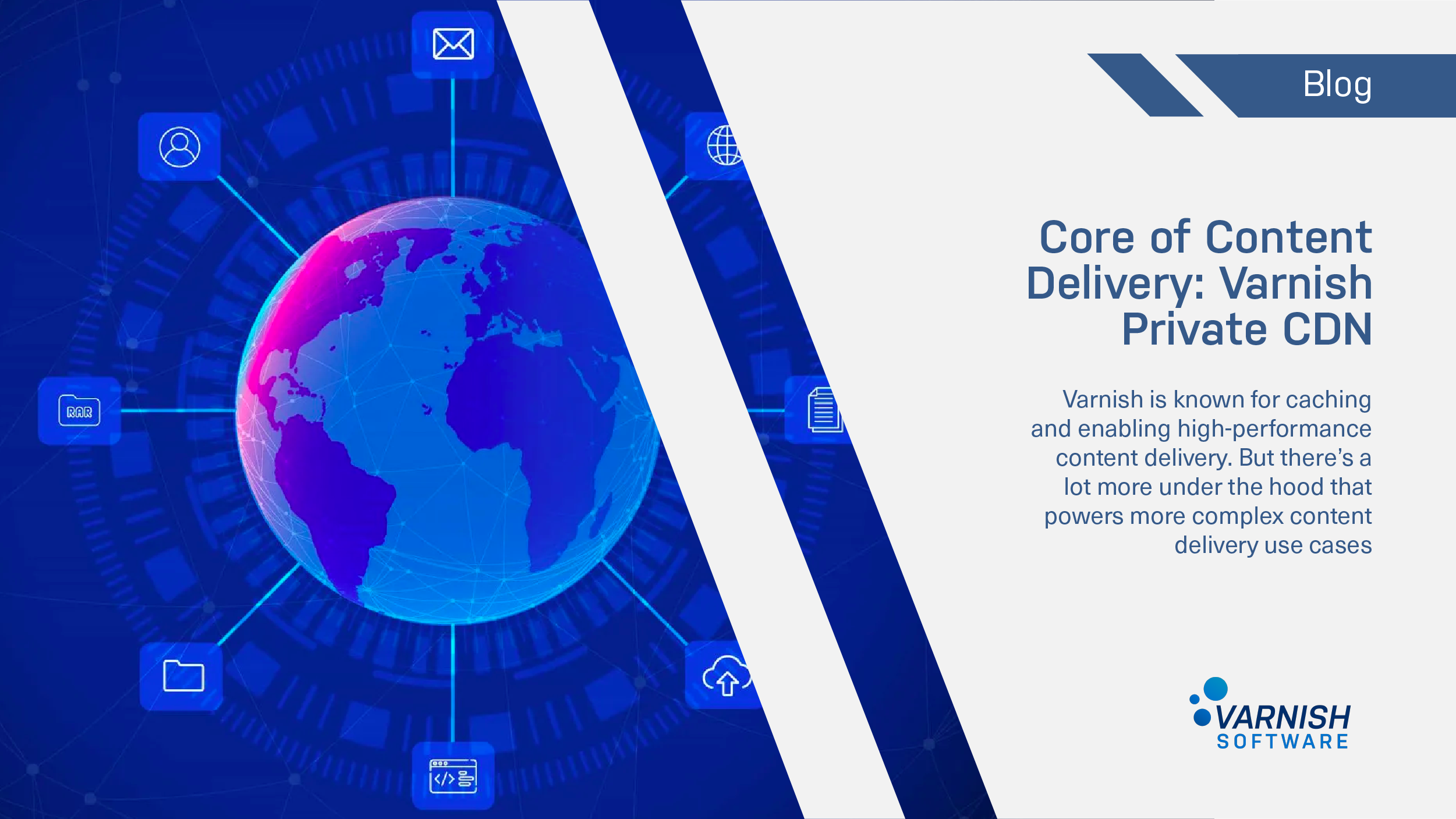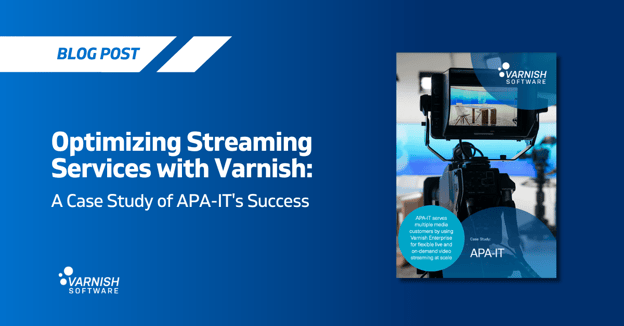Content can’t be king without the CDN
In mid-2021 a handful of catastrophic commercial CDN outages made the world take notice: the supposedly decentralized internet of the future has been centralized and served through an increasingly narrow set of CDN providers, making the entire internet more vulnerable to failure. Commercial CDNs offer scale and reach, but as these outages demonstrate, lengthy outages, revenue and productivity losses, and unhappy end-users aren’t great for business.
At the same time, with COVID-19 as a backdrop, internet infrastructure, resilience, and performance have taken center stage. Globally people have had to suddenly shift their work, entertainment, learning, communications, and shopping to online outlets, and the internet (and content delivery by extension) has become part of the critical infrastructure. With this in mind, does it make sense to centralize all of the internet’s resources, to serve all of our content through fewer and fewer avenues?
For content to continue to be the king it has long been claimed to be, the workhorse content delivery network (CDN) needs resilience and some backup.
.png?width=3218&name=Under%20The%20Hood%20Diagram-06%20(1).png)
Beyond basic caching: Powering a private CDN
Varnish is known for caching and enabling high-performance content delivery, with good reason. But there’s a lot more under the hood that powers more complex content delivery use cases, including the almighty CDN. Core Varnish technologies sit at the epicenter of CDN functionality, including the caching protocol itself, massive edge storage capabilities and auto-scaling memory management.
If you’re familiar with Varnish as a caching engine, maybe the flexibility of the core technology won’t come as such a surprise. Varnish Enterprise includes features, such as:
- multi-terabyte edge storage in the Massive Storage Engine, which enables persistent, high-volume storage for use cases such as video-on-demand libraries and video distribution, CDNs, and other large data-set delivery situations.
- memory optimization, which ensures you’re always getting the best from your hardware.
- powerful edge computing functionality for performance gains and ‘caching the uncacheable’ .
With these Varnish core elements, it’s easy to build your own private CDN, either for your own use or as a multi-tenancy solution for your different business units, as a backup to or augmentation for commercial CDN solutions (avoiding single points of failure), or to rent out your additional network capacity as a CDN host.
Whether or not it surprises you to learn about all the things Varnish can do beyond basic caching, we welcome the chance to discuss your private CDN and caching needs.
/VS-logo-2020-197x60.png?width=136&height=60&name=VS-logo-2020-197x60.png)




